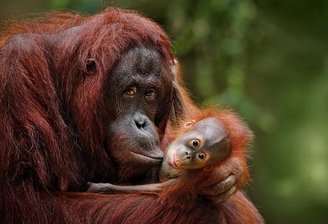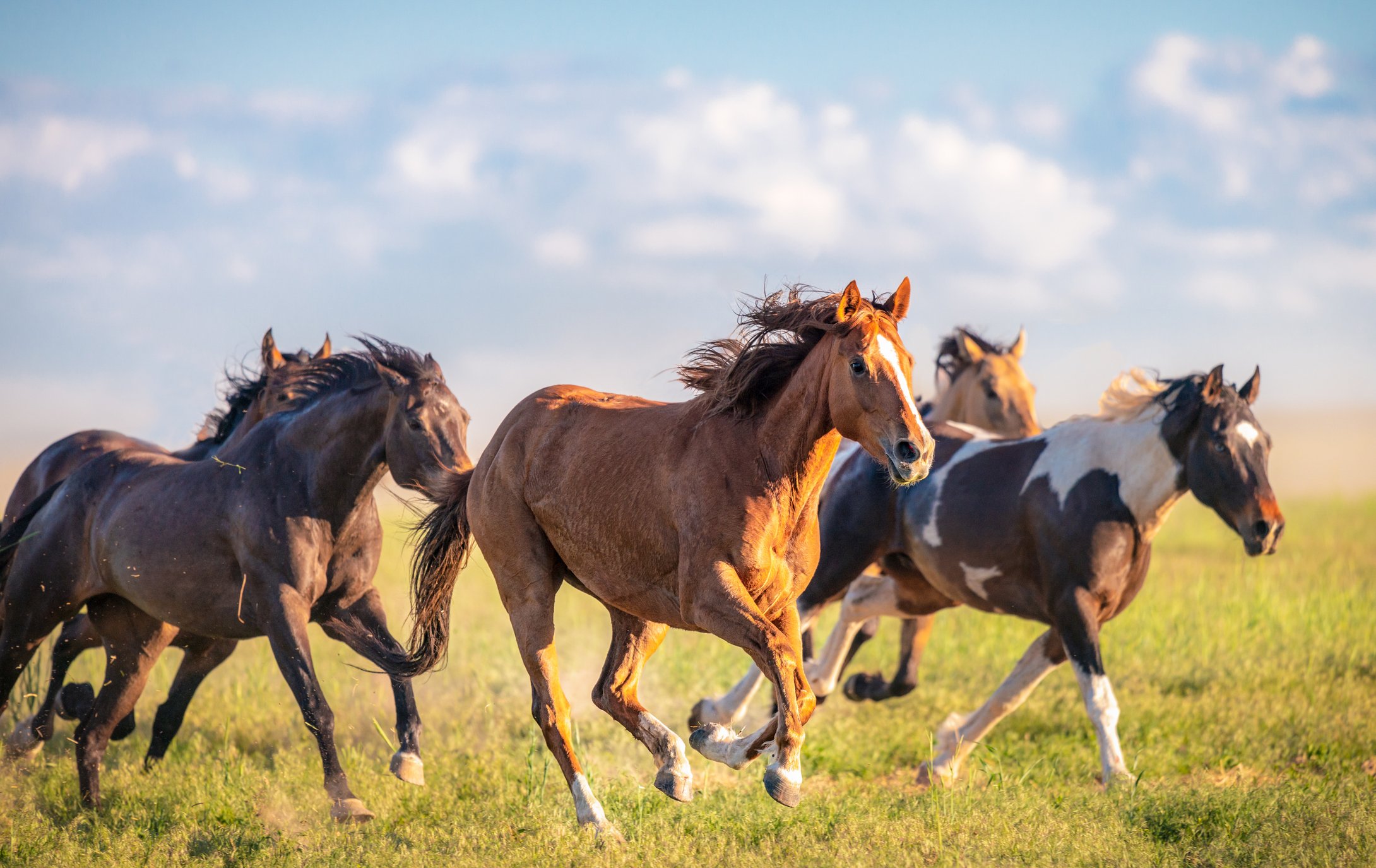A concept that has been repeated since Charles Darwin eventually became a kind of scientific dogma: male mammals tend to be larger than females of their own species. After all, in theory, this should make them more efficient in the fight to win over more demanding partners.
A study published in Nature Communications busts this myth, finding that just over half of more than 400 mammal species analyzed by a team of researchers were women equal or outperform their male counterparts. This misinterpretation of so-called sexual dimorphism limits biologists’ perception of how sexual selection works, the authors say.
The monolithic statement of the author of the book On the Origin of Species that “Males of most species are larger and stronger than females” has been refuted by three ecologists from Princeton University in the USA. They conducted a meta-analysis with data from 429 mammal species.
How much did male and female mammals measure?
The results of the evaluations regarding the body masses of men and women obtained in the meta-analysis were, on average, 45% of species had heavier males, 16% had heavier females, and 39% had no difference (sexual monomorphism)
When data on animal heights were analyzed, history sort of repeated itself. When groups such as carnivores, primates and ungulates were examined, larger males were observed. However, in almost half of the bats, females were heavier, and in half of the rodents, males and females weighed about the same.
Great Mother Hypothesis

Evolutionary biologist Catherine Sheard, who was not involved in the research, told Science News that the biggest feature of the authors was that they were “very careful and methodical.” According to him, the results clearly show that “there are things that people assume because they haven’t thought about it since the first year of biology education.”
Based on this new premise, the research suggests that we now need to learn more about how the natural world works and pay more attention to how sexual selection and other survival factors affect the evolution of females. For example, in animals such as the tube-nosed bat, the larger size of females makes it easier to carry embryos during flight.
Call The “Great Mother Hypothesis,” this idea has been advocated by biologists and anthropologists for decades.. One of these proponents, evolutionary biologist Katherine Ralls of the University of California, Santa Cruz, US, argues that species with larger females “are rarely the result of sexual selection” but are likely intended to increase reproductive success.
Stay up to date on the latest discoveries in science and biology at TecMundo. If you wish, take the opportunity to discover how mammalian embryos developed in space for the first time.
Source: Tec Mundo
I’m Blaine Morgan, an experienced journalist and writer with over 8 years of experience in the tech industry. My expertise lies in writing about technology news and trends, covering everything from cutting-edge gadgets to emerging software developments. I’ve written for several leading publications including Gadget Onus where I am an author.












